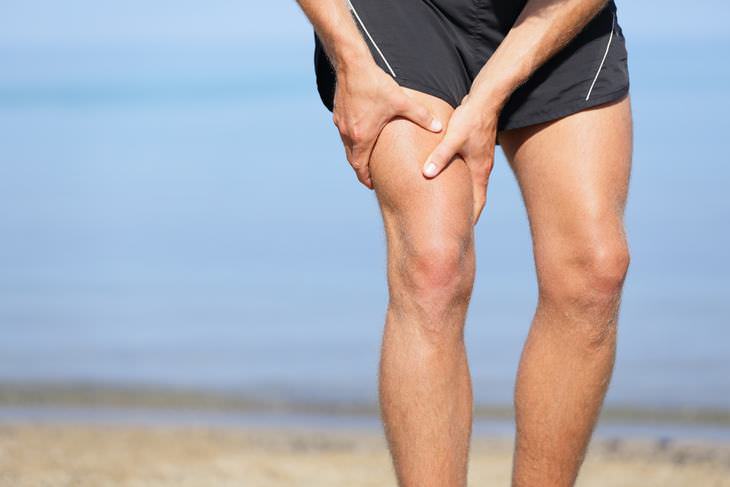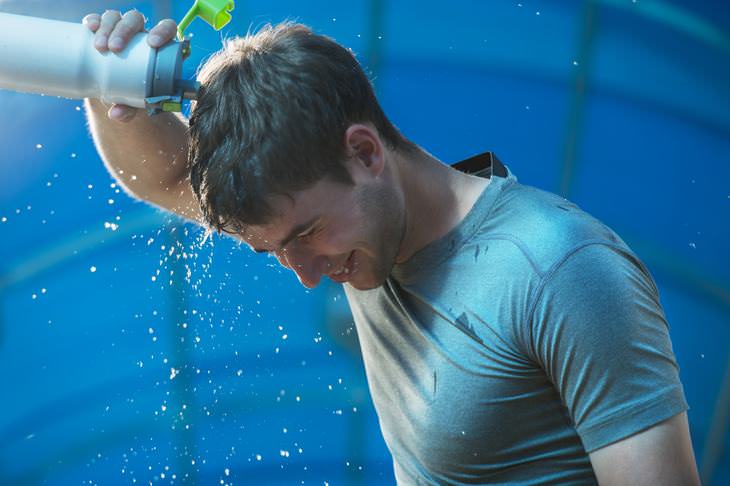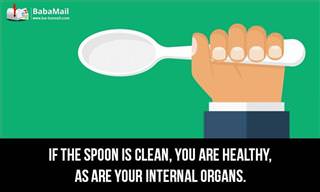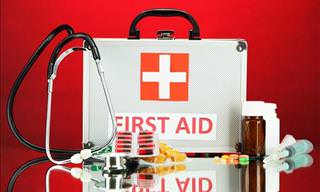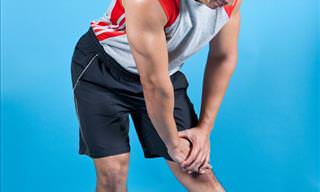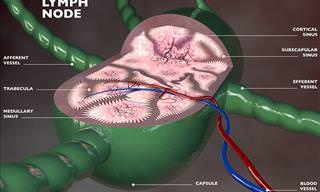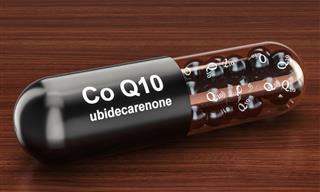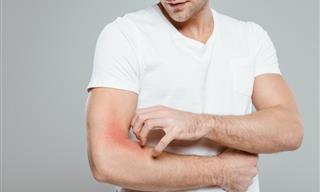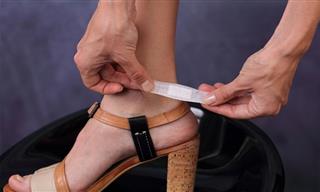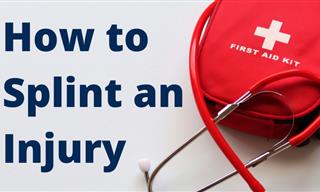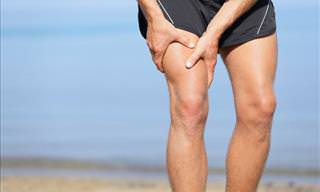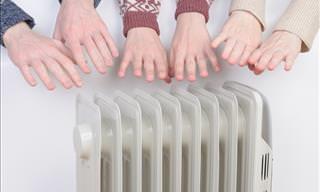1. Relax a muscle cramp
If you've ever experienced a muscle cramp, you know just how painful they can be. The best way to resolve the issue is to gently massage and stretch the affected muscle group, rest and drink water, or ideally, an electrolyte-filled sports drink to calm your muscles.
2. Be extra cautious about spinal injuries
With any first aid injury that involves a head or neck injury, be extra wary of moving the victim. Especially if you did not witness the injury, or you are not sure if a spinal injury has occurred, assume that it did and encourage the person to stay as still as possible until medical professionals arrive, stabilizing the head and neck if necessary.
3. Treat a sprain
If you've fallen or injured yourself during a sports activity, you may end up with a swollen sprained ankle or wrist. If this occurred for you, follow the RICE method: Rest (sitting down and not exerting yourself), Ice (apply an ice pack to your injury for 15 to 20 minutes at a time), Compression (using an elastic bandage to reduce swelling, but not wrapping it too tightly) and Elevation (keeping it lifted above your heart, particularly at night). This should be enough to help you recover. If not, seek medical treatment.
4. Heal a bruise
If a blow or some kind of impact causes blood vessels to burst near the skin's surface, it can look unsightly and hurt badly. More often than not, leaving it alone to heal is sufficient, but if you're looking to speed up the healing process, follow the same strategy as above, using the RICE method. If the bruising persists, consult a doctor.
5. Splint a broken bone

If a more serious injury occurs, like breaking an arm or leg, stop the bleeding and reduce the swelling using ice, and call for medical assistance as soon as possible. You should also find a way to immobilize the injured appendage using a makeshift splint. To do this, simply roll up newspaper, or use a ruler or solid branch, and attach it to the arm or leg using tape or rope. The goal is to hold the appendage in place to avoid any further pain or damage.
6. Deal with a larger object stuck in the eye
If you've been struck by an object with rough edges, or one that contains chemicals, makes it hard to close your eye, or which remains stuck after taking those basic first aid steps, then be sure to seek medical treatment. Bandage the eye with a clean gauze and restrict movement. If the object is in another person's eye, cover their uninjured eye as well to prevent the affected eye from moving before you head to the doctor. If there's a large object in the eye, cover it with a paper cup to keep it from moving and get to the hospital.
7. Treat shock
Shock creates a sudden drop in blood flow through the body which can result from blood loss, trauma, poisoning, severe burns, or a wide range of other injuries or ailments, and is generally accompanied with symptoms such as rapid breathing or a racing pulse. If someone is suffering from shock, elevate their legs and feet slightly, loosening tight clothing and checking for any bleeding or other more serious injuries.
8. Deal with a severe cut
A little cut that requires a band-aid is no big deal. But when you get a more serious wound, you need to go through a couple of steps. Firstly, rinse the wound and apply pressure using a sterile gauze or clean cloth. If the blood soaks through, then apply another bandage on top of the first one. Raise the injured part of the body to slow the bleeding and continue to apply pressure until the bleeding stops.
9. Relieve heat exhaustion
If you have been hiking for several hours in the sun and suddenly start feeling faint or ill, you could be suffering from heat exhaustion. The best solution would be to rest in a cool place, ideally, an air-conditioned building, with your legs elevated higher than your heart. Be sure to drink cool fluids, loosen any tight clothing and take a cold shower. If that doesn't work, seek medical attention.
10. Handle heatstroke
If someone's body overheats, they may get hit by heatstroke, which may cause all kinds of nasty side effects, including nausea and vomiting, fast breathing and an altered mental state. Those suffering from heat exhaustion should be moved to a cool place and immersed in cool water, a cold or even icy bath should be helpful, or pack them in a cooling blanket until medical professionals can be reached.
11. Refresh your first aid kit
You hopefully have a first aid kit around the house with a handful of bandages and ointments. If you have one be sure that you've got all the items recommended by the American Red Cross, including tweezers, an instant cold compress, and non-latex gloves.
12. Deal with dehydration
Dehydration tends to be very common, but it is often misunderstood. Dehydration is caused by not replacing both the water and salt that make up a sizable amount of our bodies. It can cause a wide range of symptoms, from headaches to muscle cramps, to dark-colored urine. Rehydrating is an immediate way to help counter the effects of dehydration, but also consider having a sports drink to help replenish electrolytes. Letting dehydration persist for too long can cause you to break out in a fever, or develop a rapid heartbeat or low blood pressure, in which case you should seek medical attention.
 Go to BabaMail
Go to BabaMail


